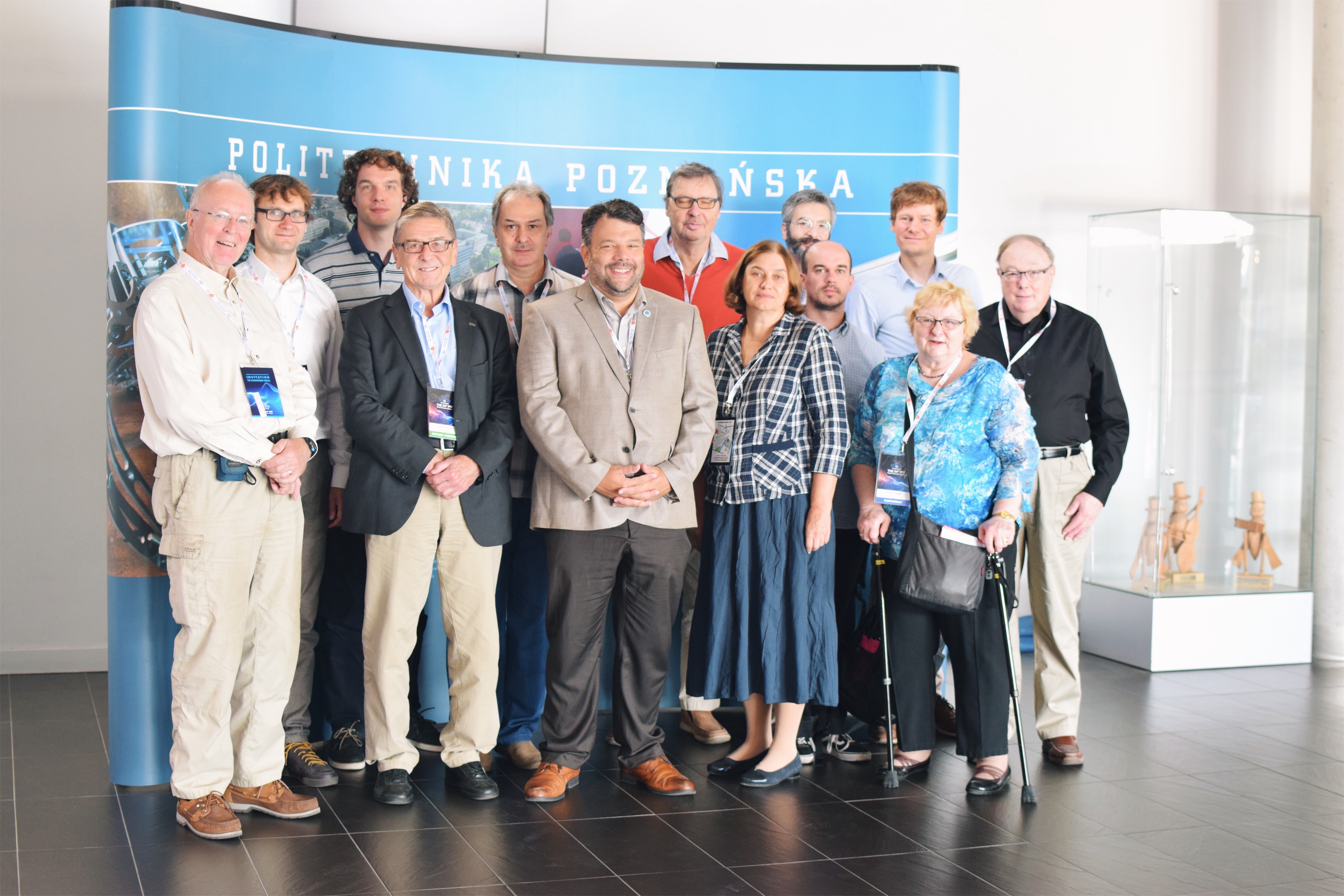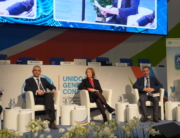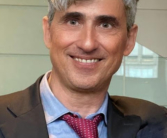History of Computing in Eastern Europe [HCEE] – a conference report
By Martin Schmitt (Potsdam, Germany), Co-Chair of WG 9.7
The history of computing is not universal, but always locally bound. This principle of the history of technology was at the core of this year’s conference of IFIP Working Group 9.7 “History of Computing”.
Inspired by the Polish conference venue, the group focused on the history of computing in Eastern Europe [HCEE] as part of the World Computer Congress 2018 in Poznan. Speakers searched for an alternative story besides the well-known US-American master narrative, which has repeatedly been critically questioned in recent years. They largely based their presentations on previously unknown material.
For the 24th time, the International Federation of Information Processing (IFIP) organized its World Congress. This year, the organizers chose a historically significant topic “This changed everything”. Consequently, working group 9.7 members organised their conference under this motto and asked for changes and continuities in the former Eastern Bloc. Not only the host country was well represented: In addition to historians of computing from Poland, contemporary witnesses, museum directors and historians from Hungary, Czechoslovakia, Armenia, Latvia, Germany, the USA and the Soviet Union participated. They provided unique insights into the computerization of Central Eastern European countries. The topics ranged from the disciplinary development of computer science in Hungary and Czechoslovakia, early development of computer technology, knowledge transfer through the Iron Curtain as well as within the Comecon, to questions of personal computers in the 1980s. The concluding panel finally addressed the question of how the history of computing can be presented in museums today. The presentations formed a fascinating panorama of a socialist information age. It is important to evaluate the state of computing in Eastern Europe not only by predefined Western categories, but on the basis of their own right, culture and needs.
One among many highlights was Vladimir A. Kitov, a Soviet computer scientist and director of Gosplan’s former main computer centre. He offered insights into the state of Soviet computer applications which has been previously difficult to obtain. Through his work for Monolith in the 1980s, a secret research institute of the Soviet military, he was able to present scientifically valuable information about the state of computer technology in the Soviet Union. Also, as an individual he represents a fascinating combination of leading computer research in the Soviet Union: He is the son of the well-known Soviet cyberneticist Kitov and married to the daughter of the great Soviet computer scientist Viktor Gluschkov. The entire program of the conference can be accessed here. The edited volume with the revised and reviewed papers will be published by Springer by early 2019.
On the last day of the conference there was a special event on the agenda: A live re-enactment of decoding an Enigma message in Bletchley Park with the help of a replica of the “Bombe”. The Bombe was an early electronic computer co-developed by Alan Turing. The replica worked reliably so that messages could be decrypted. The procedure was accompanied by lectures of Alan Turing’s nephew Dermont Touring and Marek Grajek, the director of the planned Enigma museum in Posen. The whole process as well as the lectures were recorded and can be viewed on the IFIP website “Enigma live”.
Finally, the director of the Supercomputer Centre of the University of Poland invited the conference participants to visit his computer centre. Founded in 1993, the centre replaced the university’s own IT infrastructure and has been providing computing power to research institutes, local administrations as well as citizens and small businesses ever since. It is striking how highly standardized the IT infrastructure has become in the 21st century. Data centers in Lugano, Munich or Poznán are almost completely identical in architecture, concept and appearance, even if their technical performance may differ to some extent. The closed, air-conditioned, buzzing rooms of the digital age can be found in all major cities all over the world. It is their usage in a cultural context as well as their adaptation by software that distinguishes their historical impact.







